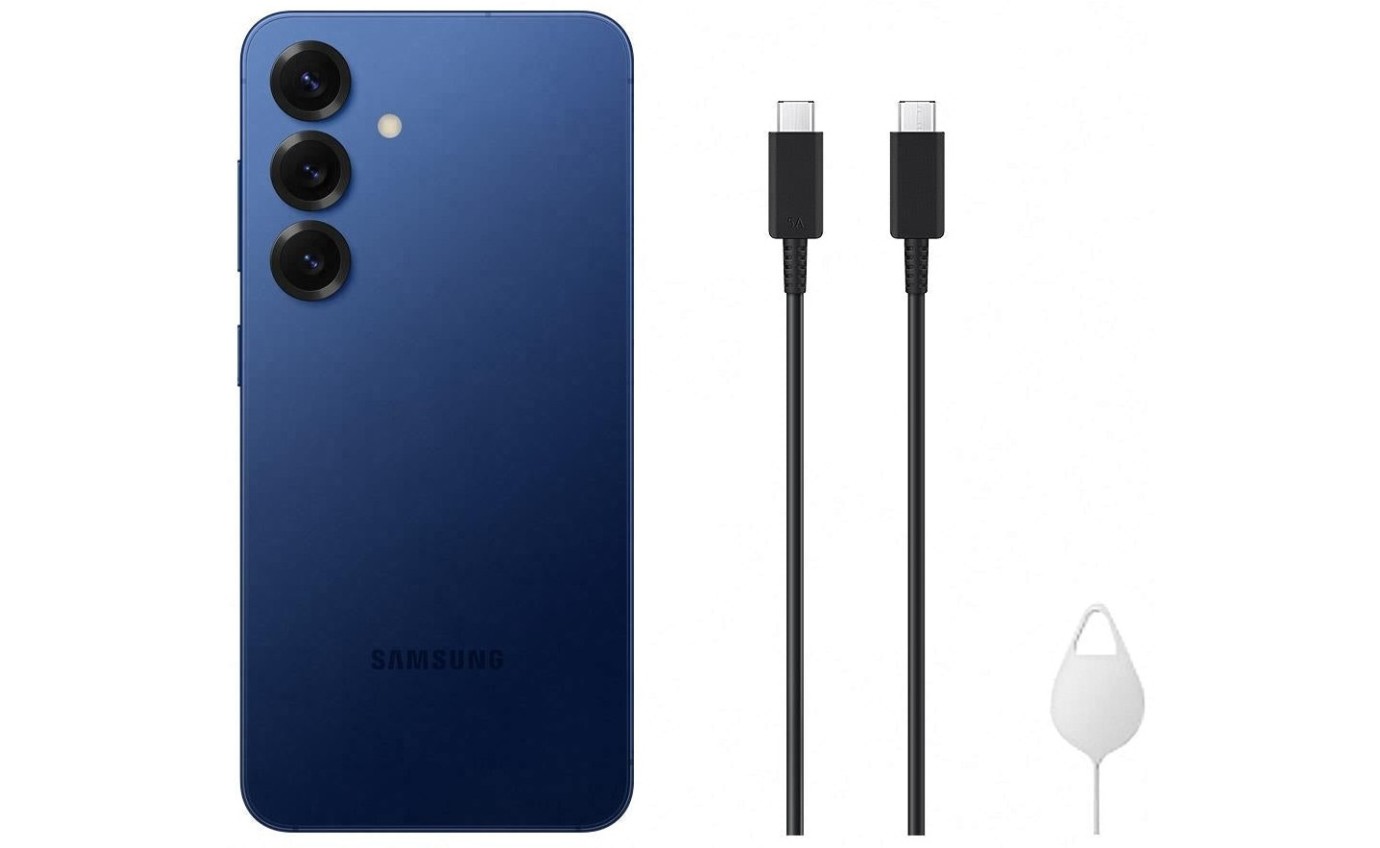Leaked details indicate forthcoming improvements in Apple’s iPhone accessories.
# Future iPhone Cases Might Feature ‘Touch Interfaces’
This autumn, Apple revealed an unusually extensive range of official iPhone accessories, indicating a notable shift in its strategy for accessory design. Among the latest releases, the company launched the iPhone Air and a significant redesign for the iPhone 17 Pro, along with a diverse selection of accessories. Importantly, Apple has broadened its accessory portfolio beyond the typical few case choices, offering various innovative products, including the recently introduced iPhone Pocket special-edition accessory.
## A New Direction for iPhone Accessories
Apple’s commitment to iPhone accessories seems to be increasing, with a recent leak hinting that the company might have even larger ambitions ahead. Leaker Instant Digital recently relayed information suggesting that Apple is poised to transform protective cases from simple decorative elements into “second touch interfaces” for the iPhone. This advancement could boost the functionality of the iPhone Pro models, making them even more desirable for consumers.
## The Potential of Touch Interfaces
The concept of embedding touch interfaces into iPhone cases is captivating. If Apple successfully realizes this technology, it could change the way users engage with their devices. Touch-sensitive cases could enable extra controls, shortcuts, and features that improve the overall user experience. This would not only give Apple a competitive advantage over third-party accessory makers but also foster a more unified ecosystem for Apple users.
## The Market Opportunity
With millions of iPhones sold annually, a substantial number of devices are shielded by protective cases. This creates a lucrative opportunity for Apple to capture a larger segment of the accessory market, which has historically been led by third-party firms. By incorporating innovative features into its cases, Apple could not only elevate revenue but also enhance the user experience, further reinforcing its brand loyalty.
## Conclusion
As Apple continues to investigate new opportunities for iPhone accessories, the possibility of touch interfaces in cases signifies an exhilarating advancement. If implemented effectively, this innovation could enhance iPhone functionality and reshape user interaction. The tech community is keenly anticipating further updates from Apple regarding these prospective advancements in accessory technology. Are you interested in a smart iPhone case featuring touch interfaces?
Read More








